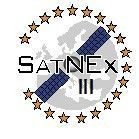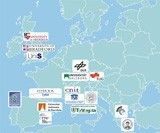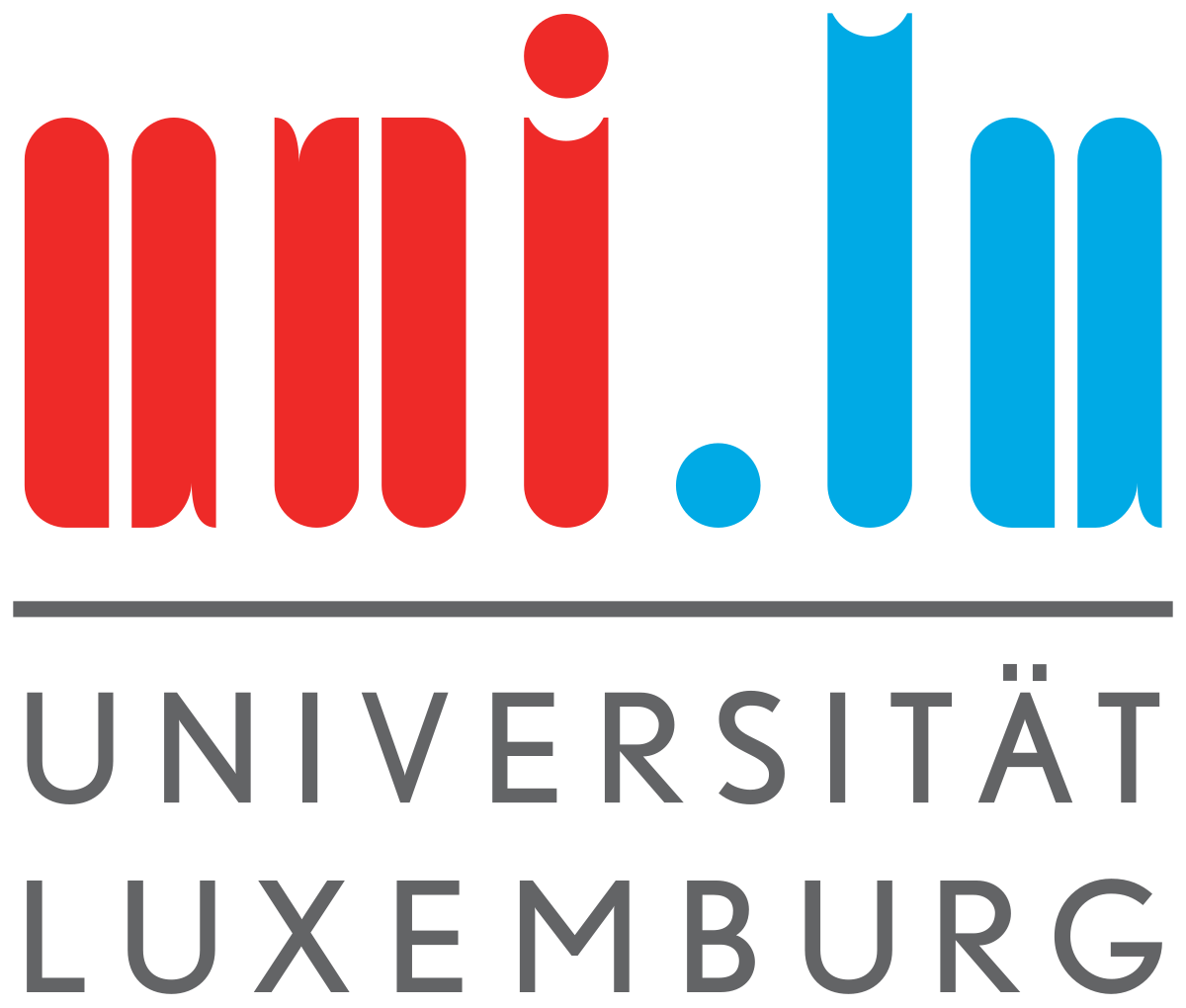
-
StatusCompleted
-
Status date2014-03-10
Objectives
The work of the Satellite Communication Network of Excellence (SatNEx) initially supported by the European Union (EU) is continuing with support from ESA’s TIA Directorate through the Advanced Research in Telecommuncations Programme (ARTES) and the Technical Directorate Network of Centers programmes. Due to this shift in support, the name of the group has changed slightly to the Satellite Communication Network of Experts.
The third stage of SatNEx, SatNEx-III, was performed with the support of ESA with a more focused approach. SatNEx III is comprised of 20 European research organisations and universities. The ESA- funded SatNEx Network of Experts continuation has been charged with several tasks including the exploration of techniques for supporting Terabit/s satellites, hybrid space/ground signal processing techniques and exploring new version of network protocols for satellite communications. The SatNEx-III phase of this network was successfully concluded in Feb. 2014. A follow-up, SatNEx-IV is envisaged.
One of the most important objectives of this network of experts is to keep alive the horizontal activities that have characterised the SatNEx network. These activities aim at maintaining an open eye on the trends and developments of the terrestrial telecommunications community. This is crucial due to the fact that the development of terrestrial standards occurs irrespectively and normally at a faster pace, than that of the satellite counterparts. However, it is necessary to make sure that integration and interoperability are not hindered by this process, to the damage of satellite communication systems.
SatNEx-III is comprised of 20 European research organisations and uni-versities. The German Aerospace Center DLR with its Institute of Communications and Navigation leads the team with close support by the core team partners University of Surrey, Centre for Communication Systems Research, and University of Bologna. In general, SatNEx-III will:
- play an important role in exploring new satcom techniques supporting ESA in selecting the right avenues for R&D work plans (TRP, ARTES 1, ARTES 5)
- support ESA in ad-hoc technical actions related to satcom standards
- identify promising terrestrial technology spin-in into space
- play a pivotal role in forming young professionals for satcom.
The SatNEx-III frame contract defines several background or horizontal tasks running over the full 3 years duration. Specifically, the horizontal tasks 2.1, 2.2, and 2.3 aim at keeping the Network up-to-date regarding the respective research areas of
- visions and systems,
- physical and access layer, and
- networking and protocols.
These tasks provide a background for the specific research tasks to be performed in the COOs, but do not enter into any technical details, which are all left to the work of the COO teams. The horizontal activity in the Frame contract is necessary for the following reasons:
- to drive the evolutionary and revolutionary developments which are much needed by the satellite communications industry, we must spend some resources to raise our heads and look further into the future, which cannot be done within a focused COO activity;
- it is at the same time necessary to design the future COOs for the second and third years, in close coordination with ESA officers.
Features
As far as the frame contract is concerned, four tasks are considered:
Task 2.1: Vision and Systems. This study will horizon scan technology, systems and services developments in communications in general and in satellite communications in particular. The aim is to apply the results of this to the determination of the role of satellites in communication systems out to 2030. This will then be used as a foundation upon which to develop a high level research roadmap for the key technologies that will be needed to meet the vision. Finally system architectures in which satellite and terrestrial system integrate to meet future service demands will be developed. The visions and research roadmaping will flow into the COO activities as background material.
Task 2.2: Physical and Access Layers. It aims at reporting on terrestrial trends and possible reuse of emerging terrestrial wireless Physical and Access Layers standards and solutions in satellite networks. Besides, it will Identify new research areas and preliminary assessment of their suitability to satellite scenarios. Finally, attention will be also paid to physical and access layers standardisation areas of interest for satcoms.
Task 2.3: Networking and Protocols. The main objectives to be achieved in this task concern the networking framework in terms of investigation and definition of the protocols needed to enable the interoperability between satellite and terrestrial technologies. To this end, the attention will be specifically dedicated to broadband and mobile satellite networks, by taking as reference the scenarios and the relevant communication architectures derived in Task 2.1. In more detail, the focus will be on aspects related to multicast and mobility management, quality of service in heterogeneous networks and security protocols. Finally, as special outcome of the activity, identification of work items in standardization bodies that would require the contribution of the satellite community will be done, with special attention to activities performed within ETSI BSM, ETSI MSS, IETF, IRTF, 3GPP/3GPP2.
Task 2.4: Dissemination and Training Activities. This task is mainly devoted to the dissemination and training activities that could be fostered by research activities and inputs coming from Tasks 2.1-2.3. In particular publications, exchange of personnel and organisation of research events, like the ASMS/IWSSC conference, will be pursued.
As far as the COO programme, each year new themes are investigated.
In the first year (COO 1) the selected topics of investigation are:
Task 1: System Techniques to Support Terabit/s Satellite Networks
In this task, the team investigates a number of critical technical system aspects related to the development of a Terabit/s satellite system.
Task 2: Hybrid Space-Ground Processing
In this task the team investigates the potential applicability of hybrid space ground processing techniques with signal digitalisation on-board the satellite.
Task 3: Applicability of Delay and Disruption Tolerant Networks to Space Systems
In this task the team investigates the applicability of new DTN protocols to satellite communication systems.
In the second year (COO 2) the selected topics of investigation are:
Task 1: Advanced Interference Mitigation Techniques.
Task 2: The Role of Satellites in Future Sensor Networks.
Task 3: Adaptive Modulation and Coding for Satellites.
In the third year (COO 3) the selected topics of investigation are:
Task 1: High Capacity Multibeam Satellite Networks.
Task 2: Satellite Links for Earth Observation.
Task 3: Future Web Technologies and Protocols.
Plan
The activity was kicked-off on the first of March 2010. The first intermediate progress meeting was held in conjunction with the ASMS conference, on Sep. 16, 2010.
The first SatNex-III Progress Meeting was held on Sep. 16, 2010 in Cagliari.
The first SatNEx-III Assembly Meeting was held on Feb. 15, 2011 in Noordwijk.
The second SatNex-III Progress Meeting was held on Sep. 8/9, 2011 in Siena.
The second SatNEx-III Assembly Meeting was held on May 16, 2012 in Noordwijk
The third SatNEx-III Progress Meeting was held on Sep. 4, 2012 in Baiona.
The fourth SatNEx-III Progress Meeting was held on June 24/25, 2013 in Surrey.
The final SatNEx-III Assembly Meeting took place at ESTEC in Noordwijk on Feb. 11/12, 2014.
In addition to these big meetings, during the course of SatNEx-III, numerous smaller meetings and telephone conferences have been conducted.













